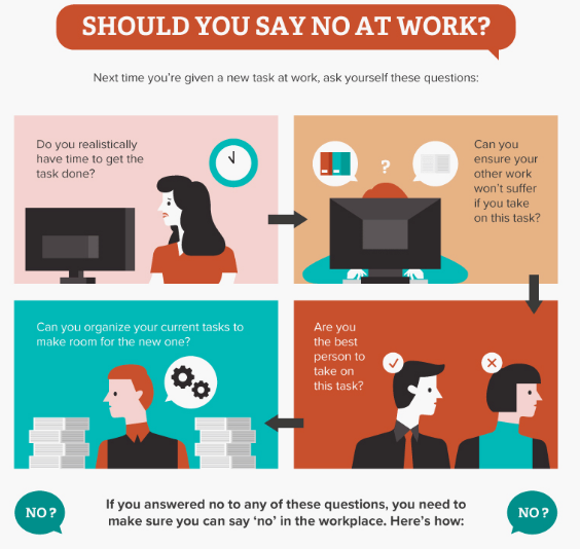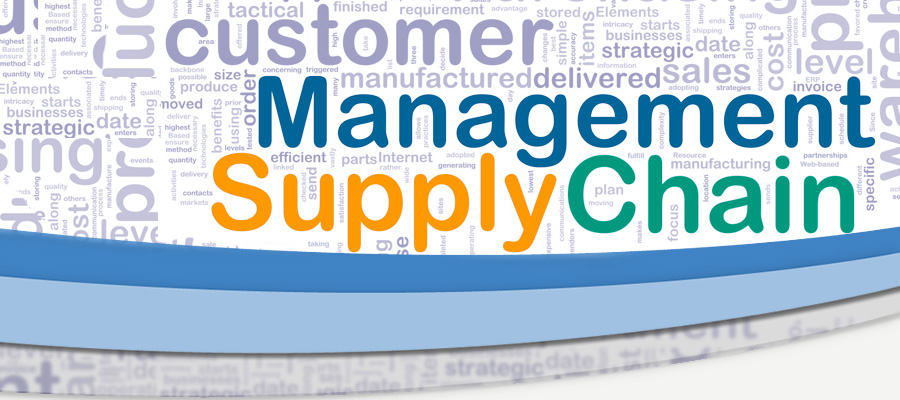
- Why You Should Recognize Luck’s Role in Your Success or Failure
Recognizing luck also helps with empathy. When you over-credit hard work and throw the role of luck out the window, it’s easy to assume everyone else should be able to accomplish the same things you can. When you recognize the role of luck, however, you keep your ego in check, which makes it easier to look at things more objectively and with less judgment.
http://twocents.lifehacker.com/why-you-should-recognize-luck-s-role-in-your-success-or-1791093753
- Would You Want the “Right to Disconnect” from Work?
…“All the studies show there is far more work-related stress today than there used to be, and that the stress is constant,” MP Benoit Hamon told the BBC. “Employees physically leave the office, but they do not leave their work. They remain attached by a kind of electronic leash — like a dog. The texts, the messages, the emails — they colonize the life of the individual to the point where he or she eventually breaks down.”
http://lifehacker.com/would-you-want-the-right-to-disconnect-from-work-1790830015
- How to Say ‘No’ at Work (Infographic)
Too often, people burn themselves out by agreeing to take on more tasks than they can handle. However, overloading yourself with work can reduce the quality of what you produce. If you’re too busy, you may also miss deadlines. In those cases, the person you’re working for likely would have preferred that you had just said “no” from the start.
https://www.entrepreneur.com/article/287746

Photo: The Business Backer
Coming out of college almost 20 years ago, I entered a work force that told me to “NEVER SAY NO”. Early in my career that was a major source of burnout. However, in the last 5 years, saying yes gave me opportunities and access to projects that were good for both experience and my career politically. - The Purpose of a Supply Chain Manager: The End Customer Experience
The journey to understand that focus tells you what your business model really depends on. Too many companies don’t understand what customers really value and as a consequence spend a lot to develop low-value innovation, such as car manufacturers loading their cars with more features that customers don’t use – a phenomenon known as marketing myopia.
http://www.scmr.com/article/the_purpose_of_a_supply_chain_manager_the_end_customer_experience
- Bonus: Americans at Work: Philadelphia’s Municipal Offices
While photographing in these spaces what stuck out most visually was the physical evidence of decades past, not only in the space’s aesthetics and architecture but in the office equipment itself. An employee can find themselves sitting at mid century desk working on a 21st century computer while referencing a ledger book from 1887. Philadelphia City Hall is like a time capsule no one is quite ready to put the lid on. Over time, as Philadelphia grew, more municipal offices have been built to accommodate the needs of the city. One of these offices—Philadelphia’s Municipal Services Building—is a more modern office building, something office workers of today would be more familiar with.
Photo: JoshWillink



